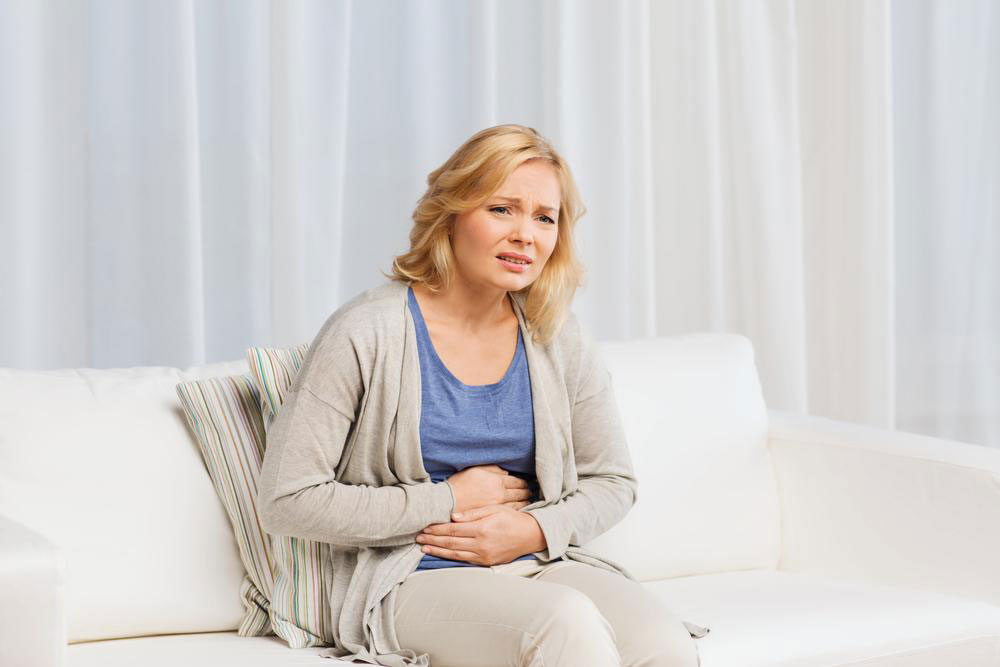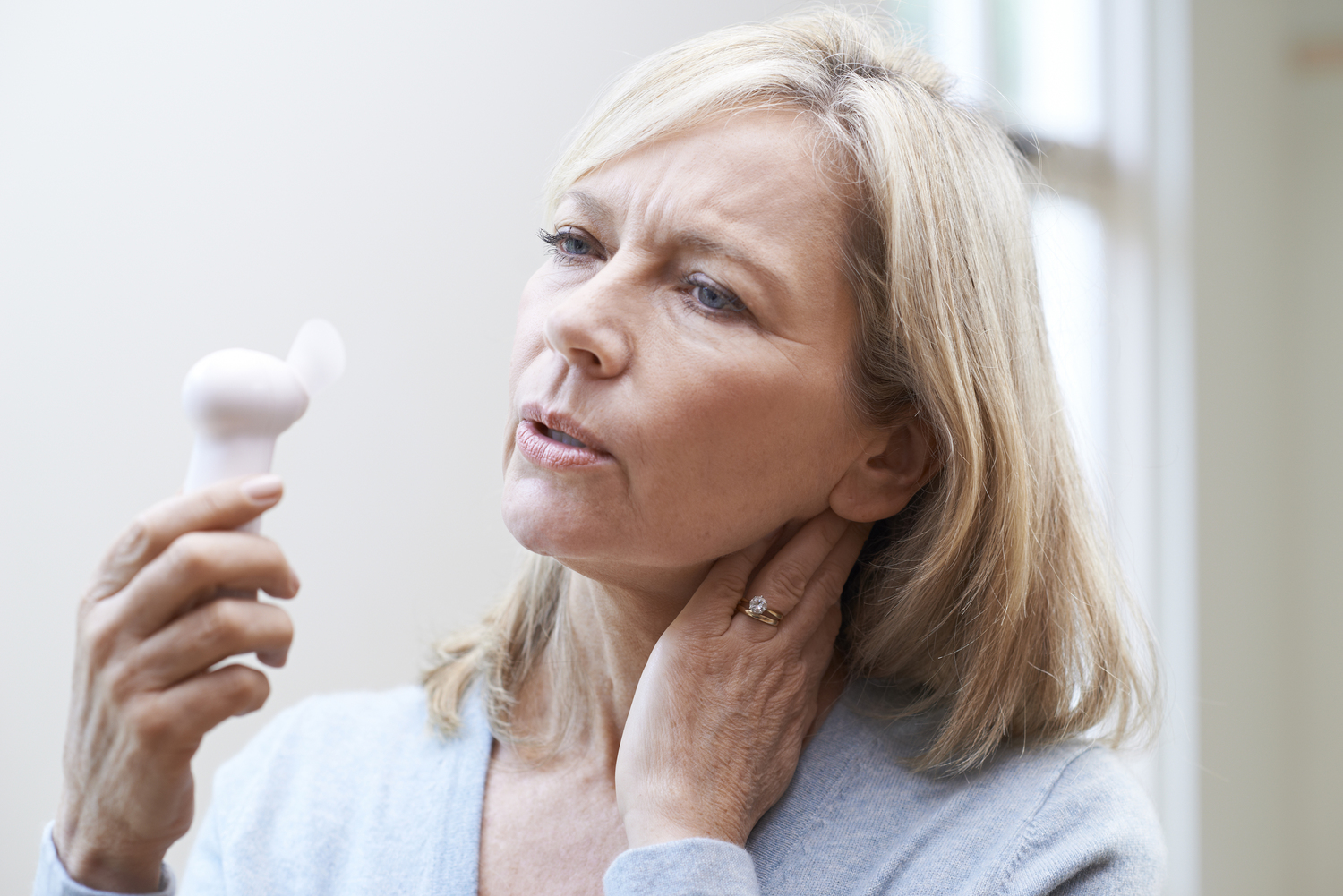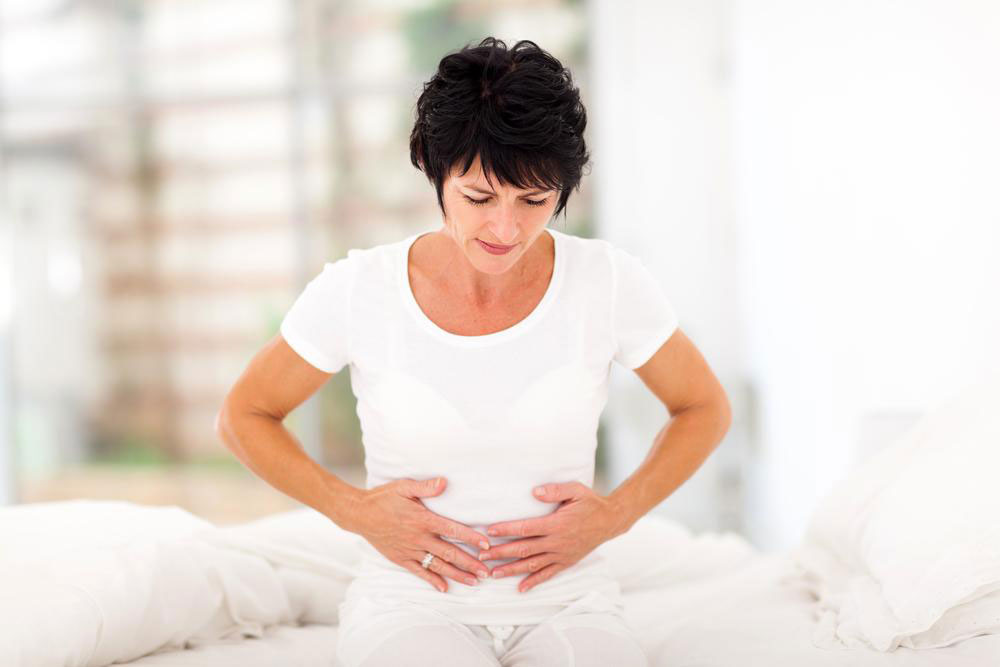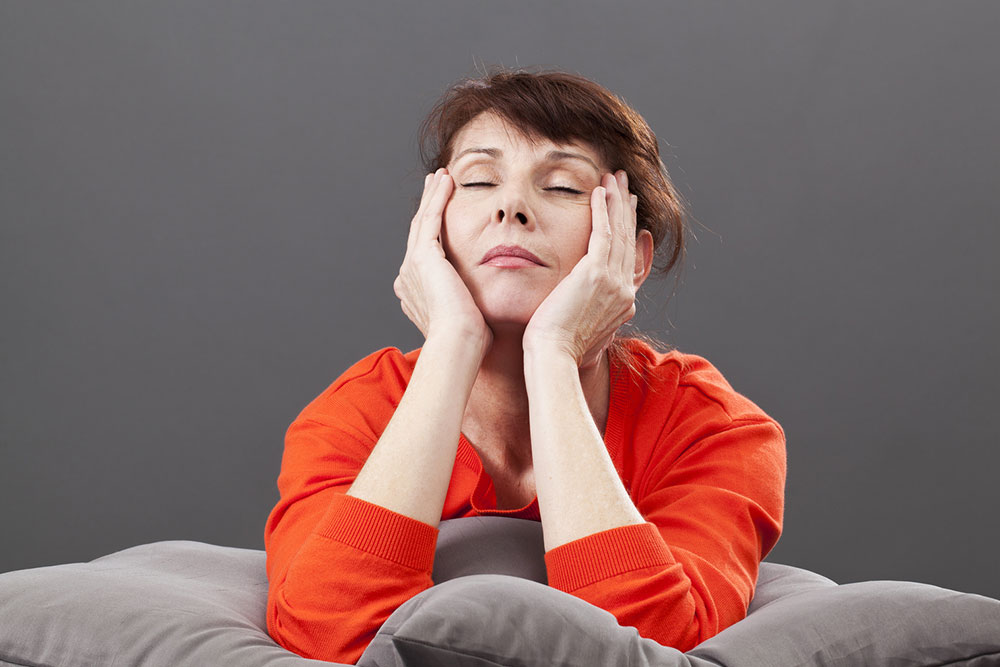Understanding Menopause Symptoms and Changes
Discover the key symptoms and physical changes associated with menopause. Learn about hormonal fluctuations, common signs like hot flashes, mood swings, and vaginal dryness, and how lifestyle adjustments can help manage these changes. Understand when menopause occurs and how it marks the end of fertility. Our comprehensive overview aims to support women through this natural life phase with practical insights and health tips.

Understanding Menopause Symptoms and Changes
Throughout her lifetime, a woman experiences several key stages. She is born with a finite number of ovarian follicles, which remain dormant until hormonal signals during her early teens stimulate their development. As puberty begins around age 10 to 12, marked by hormonal shifts, her body undergoes notable transformations.
During menstruation, the uterus prepares for pregnancy; if fertilization does not occur, the lining sheds, resulting in her first period. Approaching her late 40s and early 50s, women enter menopause, characterized by the end of ovulation and fertility. Initially, cycles remain regular, but over time, they become irregular, with longer intervals. Symptoms like hot flashes, night sweats, mood swings, sleep disturbances, joint pain, and vaginal dryness are common. As estrogen levels decline, sexual activity may become uncomfortable. Lifestyle choices like exercise and healthy eating can alleviate many symptoms. Menopause is diagnosed after 12 consecutive months without periods, marking the end of ovulation.
Note:
Our blog offers diverse information to help readers understand health topics better. While our insights are based on research, they should not replace professional medical advice. The website isn't responsible for inconsistencies or inaccuracies across other sources. Always consult a healthcare provider for personalized guidance.










